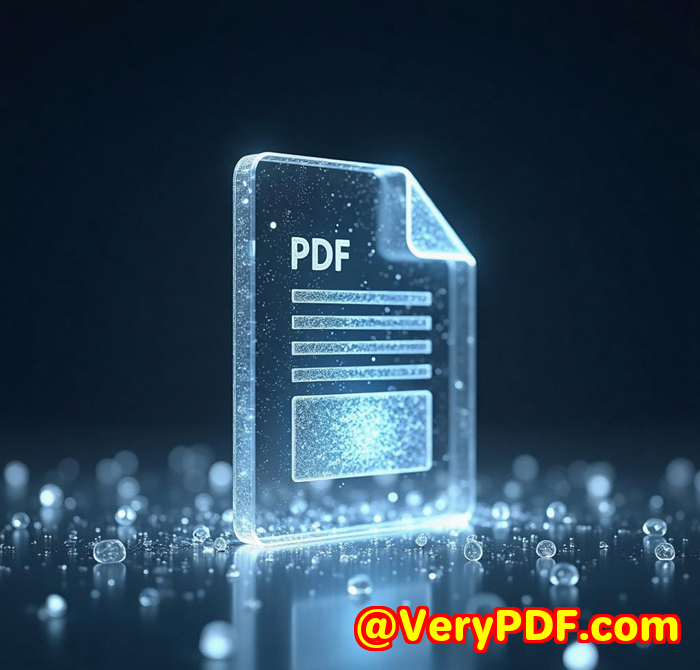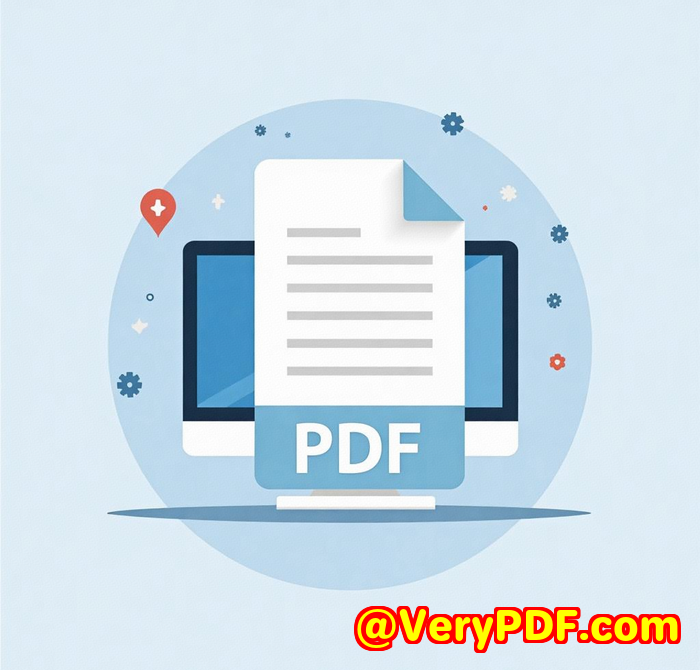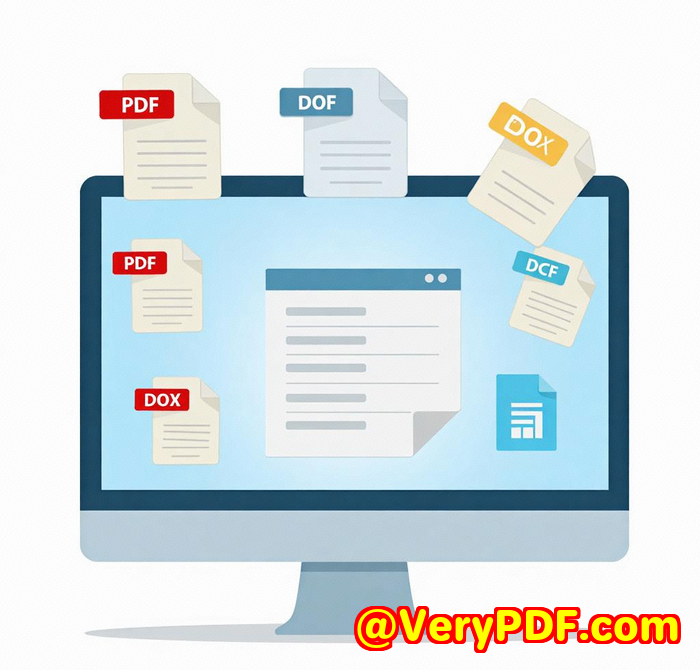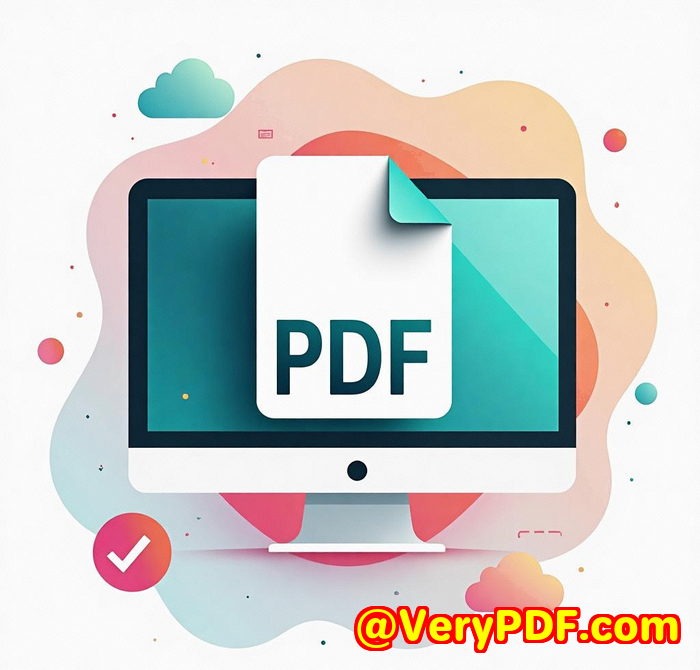Why VeryPDF JavaScript PDF Annotator is the Best Solution for Developers Seeking Multi-Format Document Annotation
Why VeryPDF JavaScript PDF Annotator is the Best Solution for Developers Seeking Multi-Format Document Annotation
Meta Description:
Struggling with cross-platform document annotation? Here's how I streamlined multi-format markup using VeryPDF JavaScript PDF Annotator.
Every dev team I've worked with hits the same wall:
"How do we let users annotate documents directly in the browserwithout plugins, installs, or headaches?"
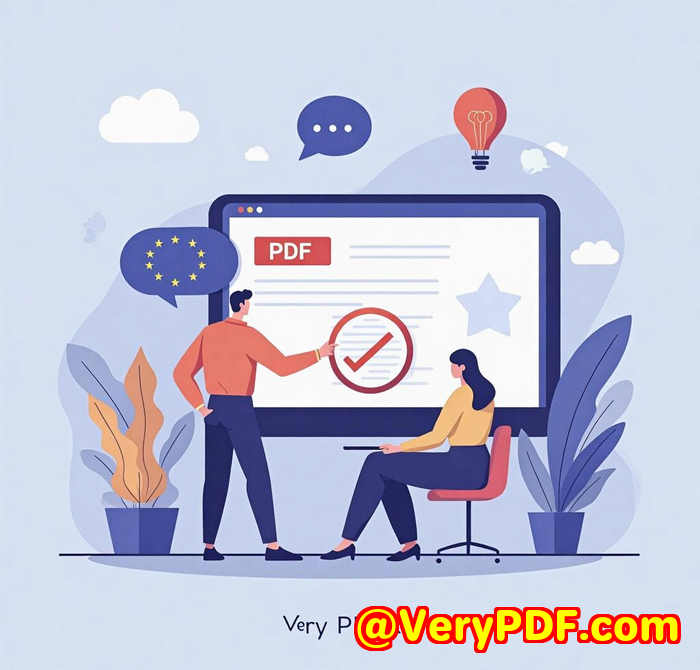
We're talking PDFs, DOCX files, images, even CAD diagrams. It's chaos trying to find one solution that handles them alland doesn't tank performance across devices. I've been down the road of clunky browser extensions, bloated desktop tools, and limited SDKs. None of them could do what I needed.
That was until I found VeryPDF JavaScript PDF Annotator Source Code License. Game changer.
What I Was Looking Forand What Most Tools Missed
As a developer working with enterprise clients, annotation wasn't a "nice to have".
It was a non-negotiable feature.
Here's what I needed:
-
Seamless integration with web apps (no native app nonsense)
-
Support for PDFs, Word docs, images, Visio, even CAD
-
Cross-browser and cross-platform performance
-
Full annotation toolkit: highlights, comments, freehand, markup
-
Source code access to customise the workflow
Most tools gave me half.
Some let you mark up PDFs but not DOCX.
Others required installing plugins (which my clients hate).
Then there's performancejanky viewers that crash on large docs? Not going to fly.
Where VeryPDF JavaScript Annotator Stepped In
I discovered VeryPDF's HTML5 PDF Annotator through a forum thread. Some dev was raving about how it saved his SaaS platform from a rewrite.
I gave it a spin using their online demo.
Five minutes in, I knew this was different.
Here's what stood out:
1. Cross-Format Annotation That Actually Works
We're not just talking PDFs.
50+ file formats:
-
PDF, DOCX, XLSX, PPTX
-
CAD files like DWG
-
Images: PNG, JPEG, TIFF, SVG
-
Even email and XML formats
I tested a complex Visio diagram. No lag. No rendering issues.
Dropped in a PowerPoint nextannotations synced across slides.
2. Pure HTML5, No Plugins, No Pain
This isn't a Frankenstein plugin setup.
It runs directly in the browser using HTML5 and JavaScript.
I embedded it in a React app in 20 minutes.
Worked flawlessly in Chrome, Firefox, Safari, Edgeeven IE (yep, still had clients on that).
And it's mobile-friendly. I tested annotation on an iPad and a Galaxy phone. Smooth as butter.
3. Full Customisation with Source Code Access
Here's the kicker:
You get the source code.
That means you can:
-
Modify UI for your users
-
Hook into your own REST APIs
-
Automate annotation workflows
-
Build approval systems or comment threads
I integrated it into a contract review platform. Each team member could highlight, strike through, comment, and then export the file with annotations burned in.
It's collaborative. It's clean. It's reliable.
Bonus: It's Built for Developers Like Us
The API is well-documented.
The annotation tools are:
-
Text
-
Line
-
Freehand
-
Point/Area comments
-
Highlight/Strikethrough
You can change colours, font sizes, and even export, email, or share annotated docs.
My team saved 30+ hours a month after switching.
No more hacks, no more frustrated end-users.
Who This Is Perfect For
If you're a developer or product owner building:
-
Document management systems
-
Legal review tools
-
Online form and feedback platforms
-
E-learning annotation tools
-
Anything requiring browser-based document markup
Then VeryPDF JavaScript PDF Annotator is going to save you from a world of pain.
Final Thoughts
I've tried just about every annotation SDK and viewer out there.
VeryPDF's Annotator is the only one that checks every box.
No plugins.
Full format support.
Speed and stability.
And total control thanks to source code access.
I'd highly recommend this to any dev building cross-platform annotation into their app.
You can try it for yourself right here:
Custom Development Services by VeryPDF
Got a specific feature or integration in mind?
VeryPDF's got you covered.
They offer custom development services tailored to PDF processing, annotation, document conversion, and printer driver engineering. Whether you're deploying on Windows, macOS, Linux, or mobile, they've got the skills and the codebase to make it happen.
From building virtual printers and API hooks, to developing OCR, barcode recognition, and document analysis tools, their team handles complex formats like PCL, PostScript, and even Office files. If you need to secure PDFs, intercept print jobs, or build cloud-based viewing/editing apps, VeryPDF can help.
Reach out at http://support.verypdf.com/ to scope your next project.
FAQ
Q: Can I integrate this into a React or Vue.js app?
Yes. It's a JavaScript-based tool, easily embeddable in React, Vue, Angular, or plain HTML.
Q: Does it support collaborative annotations?
Absolutely. Multiple users can layer annotations, view each other's comments, and export merged files.
Q: Can I burn annotations into the final PDF?
Yes. You can choose to keep annotations editable or burn them permanently into the file.
Q: What file types does it support?
Over 50 formats, including PDF, Word, Excel, PowerPoint, images, CAD files, and more.
Q: Is there a plugin required?
Nope. 100% plugin-free. Runs in any modern browser with HTML5 support.
Tags / Keywords
pdf annotation api
javascript pdf annotator
cross-platform pdf markup
browser-based document annotation
multi-format annotation tool
